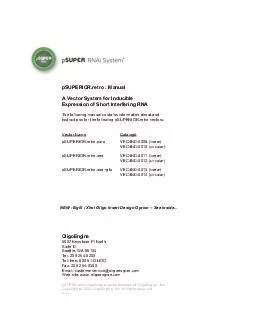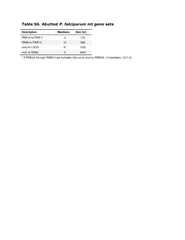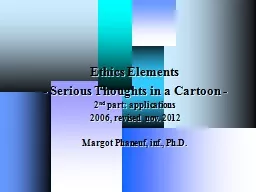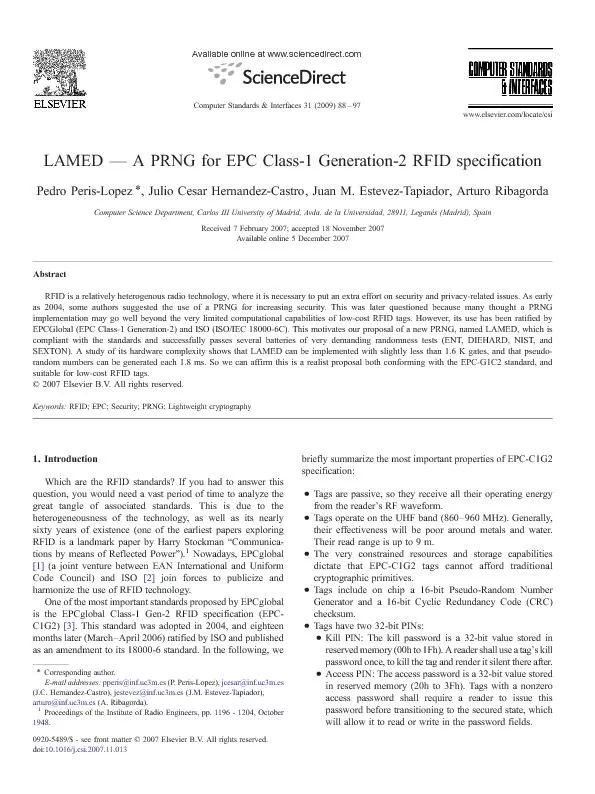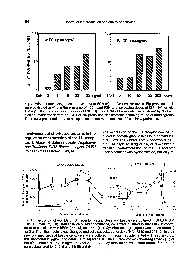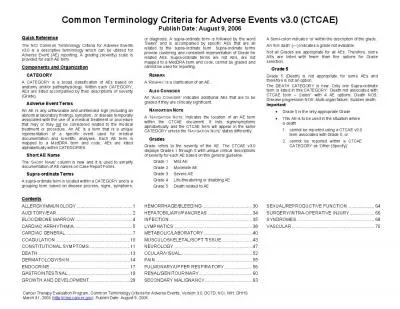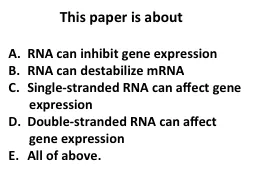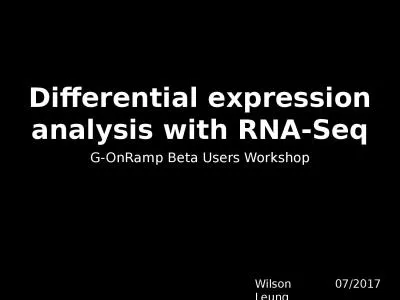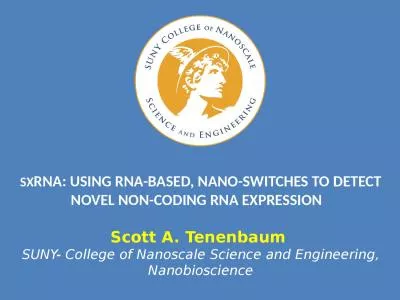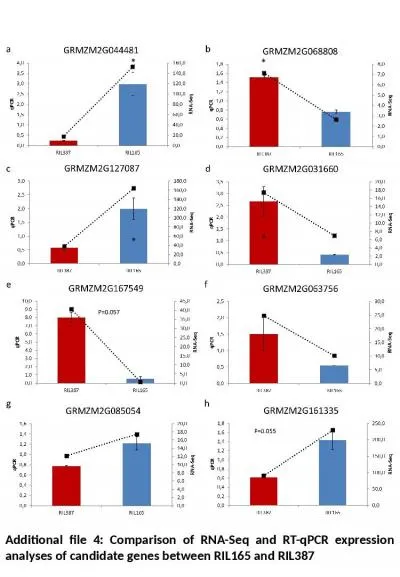PDF-Expression of Short Interfering RNA The following manual contains inf
Author : marina-yarberry | Published Date : 2015-10-12
regulated expression vectors that utilize regulatory elements from the E Coli Tn10encoded tetracycline Tet resistance operon Hillen and Berens 1994 Hillen et al
Presentation Embed Code
Download Presentation
Download Presentation The PPT/PDF document "Expression of Short Interfering RNA The..." is the property of its rightful owner. Permission is granted to download and print the materials on this website for personal, non-commercial use only, and to display it on your personal computer provided you do not modify the materials and that you retain all copyright notices contained in the materials. By downloading content from our website, you accept the terms of this agreement.
Expression of Short Interfering RNA The following manual contains inf: Transcript
Download Rules Of Document
"Expression of Short Interfering RNA The following manual contains inf"The content belongs to its owner. You may download and print it for personal use, without modification, and keep all copyright notices. By downloading, you agree to these terms.
Related Documents

